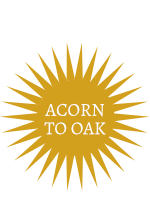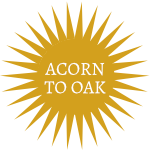What is the History of Candlemas?
Candlemas is celebrated on February 2nd, which is the halfway point in between winter solstice and spring equinox. This date is celebrating in many ways, you might know it as “Groundhog Day,” or “Imbolc.”
In Christianity, Candlemas celebrates the 40 days after Christ was born. Some might use this day to burn their Christmas trees, or put their Christmas decorations away. Some may bring their candles to church to have them blessed. Candlemas is a day to celebrate Christ, the Light of the World. It is also known as the Feast of the Purification of the Blessed Virgin Mary.
Before Christianity, February 2nd was a Pagan holiday. It was the feast day of Juno Februata, the virgin mother of the god Mars. It was also celebrated by Celtics as Imbolc. Imbolc is the feast day of Brigid. Imbolc is one of the four Gaelic seasonal festivals, along with Bealtaine, Lughnasadh and Samhain. Imbolc celebrates the end of winter and the return to the light half of the year. The feast was a celebration of the new growing season.
Candlemas will look different in every home, depending on which cultures and traditions they encompass.
Waldorf Candlemas Traditions
On Candlemas, it is tradition in Waldorf schools and homes to make beeswax candles. You can make a candle from a candle making kit like this, or you can make them by melting beeswax. We have made candles out of walnuts, oranges, seashells, apples, pumpkins, pinecones, and have even made number and letter candles using a silicone mold.
How to Make Orange Beeswax Candles

How to Make Walnut Beeswax Candles

How to Make Letter and Number Beeswax Candles

How to Make Apple Beeswax Candles

Candlemas Verse
Candle, candle, burning bright,
Fill us with your holy light.
May the flame of joy and love
Glow now in our hearts.
Seven Times the Sun: Shea Darian







